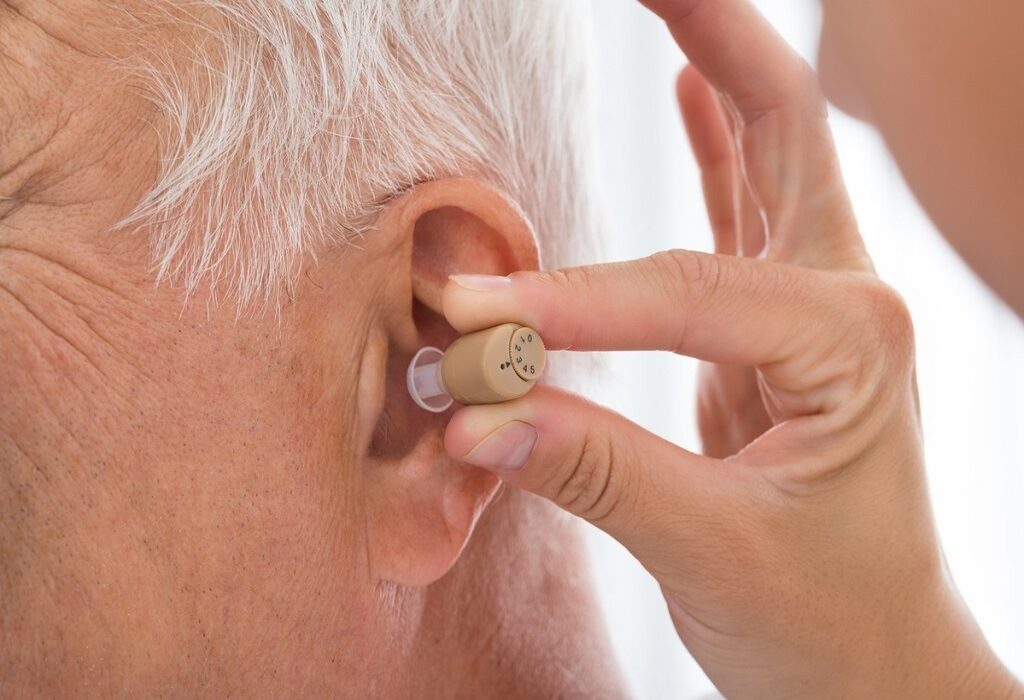Hearing loss can be frustrating and isolating, but it doesn’t have to be. Maybe family members complain that the TV volume is turned up too loudly. Or perhaps one struggling to hear conversations in restaurants or on the phone. These problems are signs of hearing loss, which may mean it’s time for a hearing aid.
Here are some tips to keep in mind while shopping for one.
Look for A Provider
When evaluating hearing aids, the most important factor to consider is finding a provider from whom one can reap the most benefits.
To find a good local provider, one can ask their primary care doctor to refer them to an audiologist. Getting referrals from trusted medical professionals is a good idea.
Factor in Costs
Each hearing aid can cost anywhere from $900 to $3,000. Insurance typically doesn’t cover the cost. However, one should check with their insurance provider to see if they offer coverage up to a certain amount.
Insurance may pay for hearing tests, and most places offer free consultations. When calculating the cost, consider the lifespan of the hearing aids. They should last five years or more if handled properly.
Degree of Hearing Loss
The provider will assess the person’s hearing for higher, lower, or both frequencies. They will also assess the severity of the hearing loss, which can be mild, moderate, severe, or profound.
If a person suffers from severe or profound hearing loss, they will most likely require a more powerful hearing aid with an earmold. If a person has mild to moderate hearing loss, a receiver in the ear canal will probably work for them. The provider can advise on the best type of hearing aid to use.
Commit to A Trial
The human brain requires time to adjust to hearing aids. Therefore, one must wear them all day, every day, for at least three weeks before making any decisions.
Hearing loss develops gradually throughout a person’s life. Hearing aids may expose the wearer to sounds they haven’t heard in a long time. Listening to new sounds may be unpleasant at first, but it’s important to persevere through the discomfort.
Once the wearer has adjusted to the hearing aids, they should check in with the provider regularly to ensure they are working properly.




